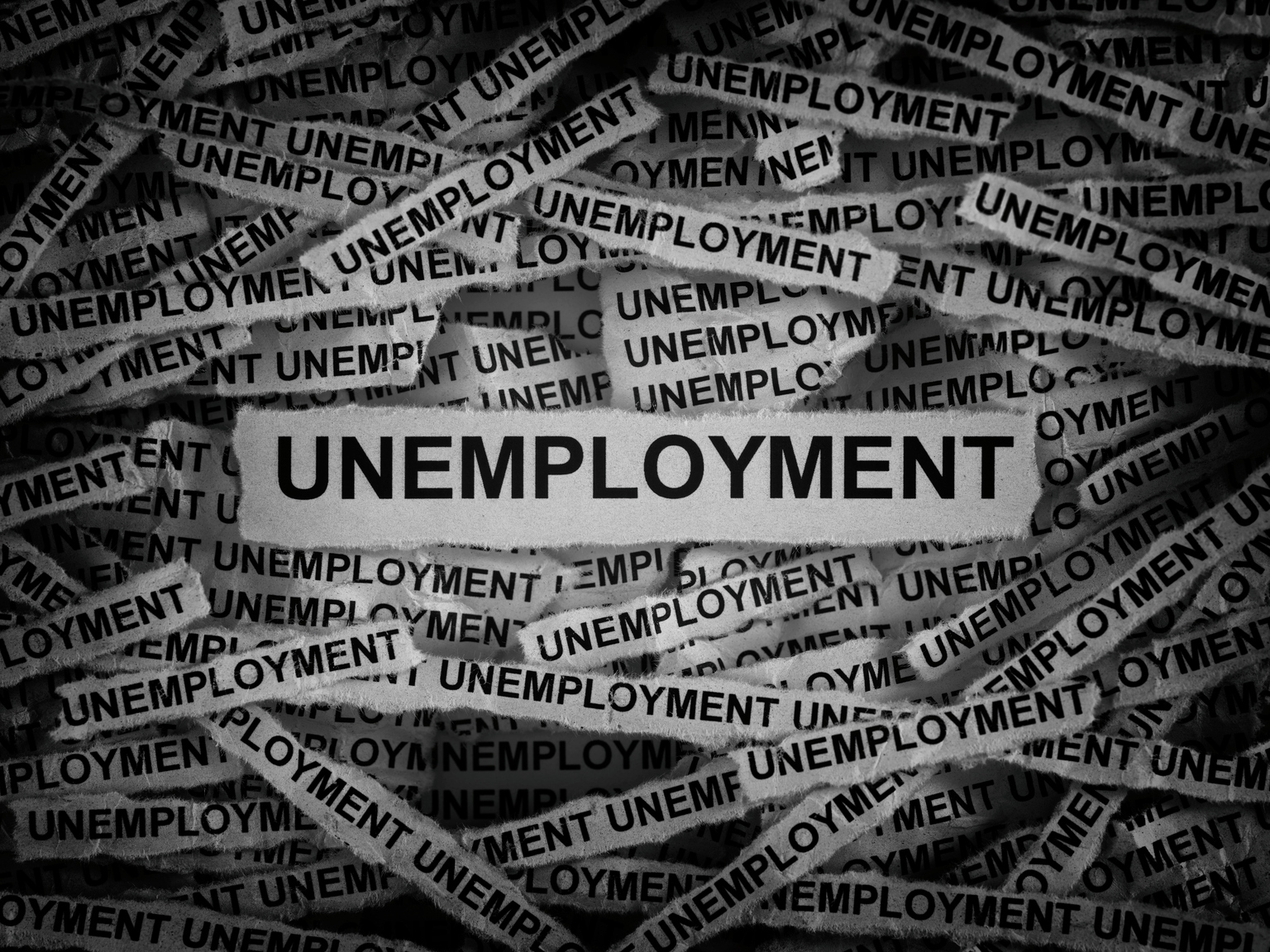Listen below or on the go on Apple Podcasts and Spotify
The unemployment rate is seen ticking higher with payrolls up about 80,000. (0:17) Broadcom earnings give another glimpse on the health of the AI trade. (2:08) Appeals court rules most of Trump’s tariffs illegal. (3:23)
The following is an abridged transcript:
This week starts quietly with the markets closed on Monday for Labor Day, but the all-important August jobs report coming Friday.
Economists predict that nonfarm payrolls rose by 78,000, with the unemployment rate ticking up to 4.3% and average hourly earnings up 0.3%.
Wells Fargo economists say: “The labor market is in an increasingly delicate position. While the unemployment rate has trended sideways in recent months, a sharp slowing in payroll growth highlights the fragility of the job market’s current balance.”
“Labor demand has shown tentative signs of stabilization in recent weeks,” they added. “After dropping to a four-year low in mid-July, job postings on Indeed edged up through August. The share of small businesses planning to hire has also inched up over the past two months, while regional Fed purchasing manager surveys point to stable, albeit weak, hiring conditions in the service sector.”
“That said, job growth has been extraordinarily narrow outside of healthcare and social services in recent months. The ongoing federal hiring freeze, weakening in construction activity and pressure on white collar jobs amid emergent technology is likely to keep the overall pace of hiring subdued.”
The numbers will be crucial for the Fed. A jobless rate of 4.3% would be at the top of the range for what the FOMC sees as full employment, as per its mandate.
Expectations for a quarter-point rate cut in September are now back to around a 9 in 10 chance. It would probably take a payrolls rise north of 150,000 to derail that certainty. Anything closer to flat, or a decline in payrolls, could put a cut of 50 basis points back on the table. But it’s unclear what President Trump might do if a Bureau of Labor Statistics showed the economy losing jobs.
On the earnings front, there are 7 S&P 500 companies scheduled to report results this week. FactSet says for Q2, with 98% of S&P 500 companies reporting actual results, 81% have beaten bottom-line expectations and 81% have beaten on the top line.
Broadcom (AVG) will likely garner the most attention after some disappointment in last week’s chipmaker results.
Broadcom will issue numbers after the close Thursday. Analysts are expecting revenue growth of over 21% Y/Y and profit growth of nearly 34%.
The EPS consensus is for $1.66 on revenue of $15.82 billion. The company has beaten EPS estimates in 8 consecutive quarters, missing revenue expectations just once in that period.
SA contributor Michael Fitzsimmons remains bullish, pointing to Broadcom’s strength across XPUs, high-speed networking, its enterprise software segment (boosted by the VMWare acquisition), and stellar financial returns. He highlights recurring revenue growth, robust free cash flow, and consistent shareholder returns as reasons to buy on dips.
In contrast, SA Investing Group Leader JR Research takes a more cautious stance with a Hold rating. While acknowledging strong AI-driven demand from hyperscalers and custom chips, he warns that elevated valuations and potential growth deceleration from 2026 heighten execution risks.
Also on the earnings calendar:
- Zscaler (ZS) and Signet Jewelers (SIG) report results on Tuesday.
- Salesforce (CRM), Figma (FIG), Hewlett Packard Enterprise (HPE), Dollar Tree (DLTR) and Macy’s (M) weigh in on Wednesday.
- Joining Broadcom on Thursday are Lululemon (LULU) and DocuSign (DOCU).
In the news this weekend, a U.S. appeals court ruled late Friday that most of President Trump’s tariffs are illegal, determining the president exceeded his authority in his use of emergency powers to rewrite U.S. trade policy. But the tariffs were allowed to stay in place for now while the case was sent back to a lower court for further proceedings.
The decision from the U.S. Court of Appeals for the Federal Circuit in Washington, D.C., addressed the legality of Trump’s “reciprocal” tariffs imposed in April, as well as a separate set of tariffs imposed in February against China, Canada and Mexico. But the ruling does not affect tariffs issued under other legal authority, such as those on steel and aluminum imports.
The court found the president overstepped his authority under a 1977 law known as the International Emergency Economic Powers Act.
And CVS Health (CVS) and Walgreens are placing restrictions on who can receive Covid-19 booster shots in certain states — and not supplying them in others — as a key CDC vaccine advisory panel has yet to weigh in on recommendations.
The reason for the change is that some states bar pharmacists from administering vaccines unless they have been recommended by the CDC’s Advisory Committee on Immunization Practices.
That panel is scheduled to have a two-day meeting to discuss the Covid vaccine and others on Sept. 18 and 19.
In 13 states and the District of Columbia, CVS can administer Covid shots as long as the individual has a prescription from a doctor or healthcare provider. The drug store chain told The New York Times that it is not offering the jabs at all in Massachusetts, Nevada, and New Mexico.
And for income investors, Nike (NKE), McDonald’s (MCD), Lockheed Martin (LMT) and Realty Income (O) all go ex-dividend on Tuesday.
Nike pays out on Oct. 1. McDonald’s pays out on Sept. 16. Lockheed pays out on Sept. 26 and Realty Income pays out on Sept. 15.
BofA (BAC) goes ex-dividend on Friday, with a payout date of Sept. 26.
















